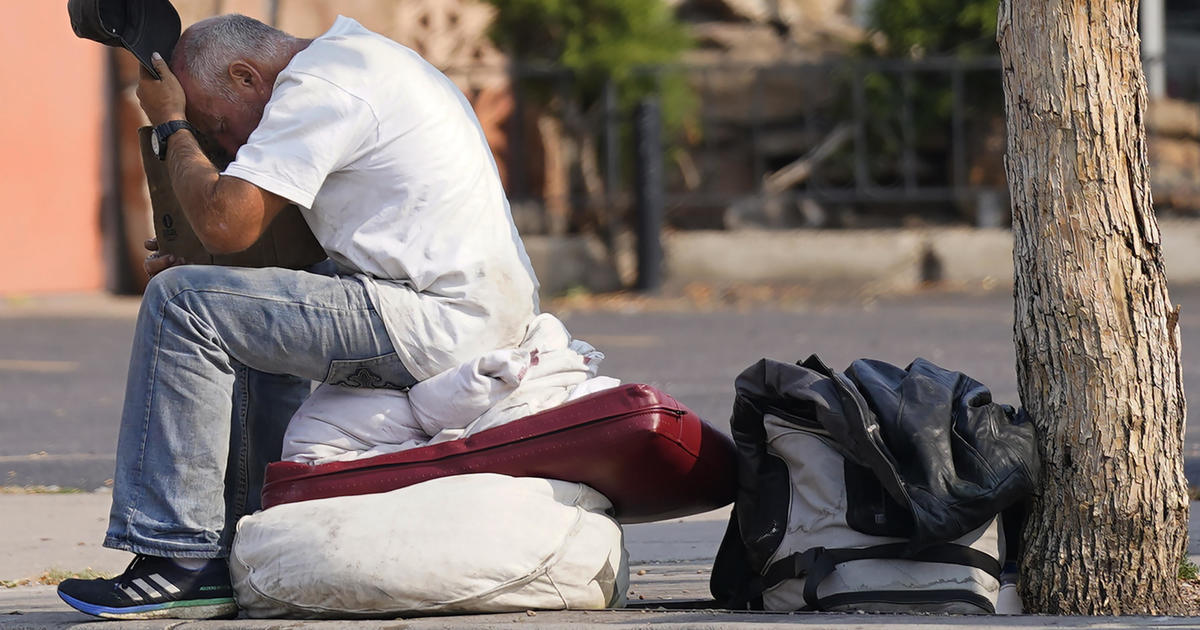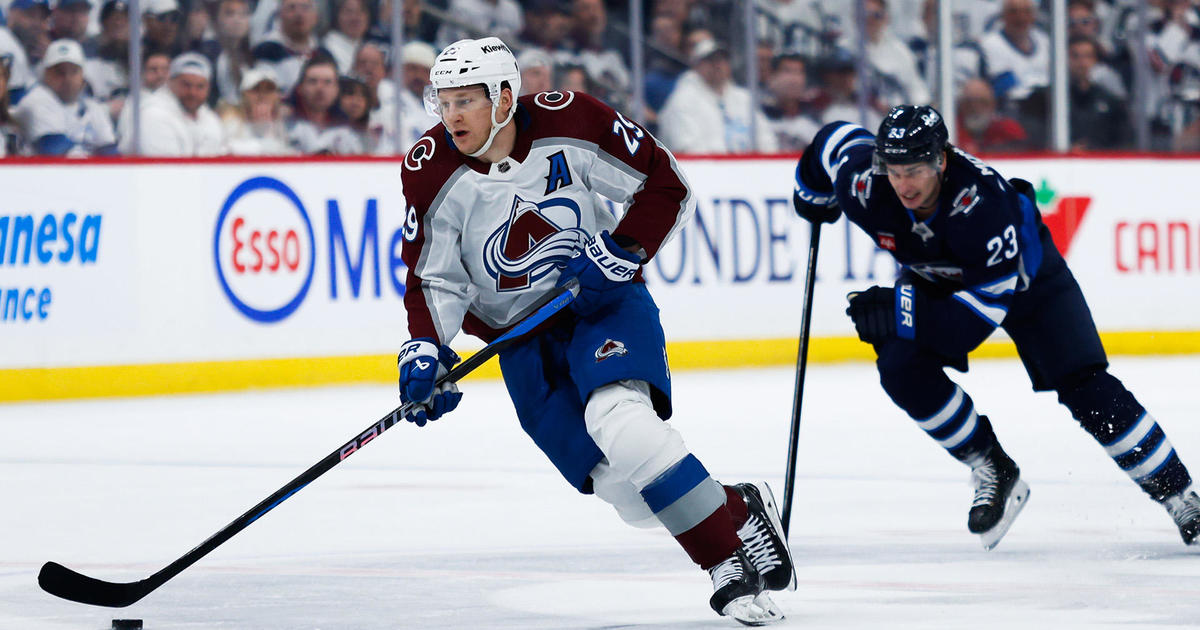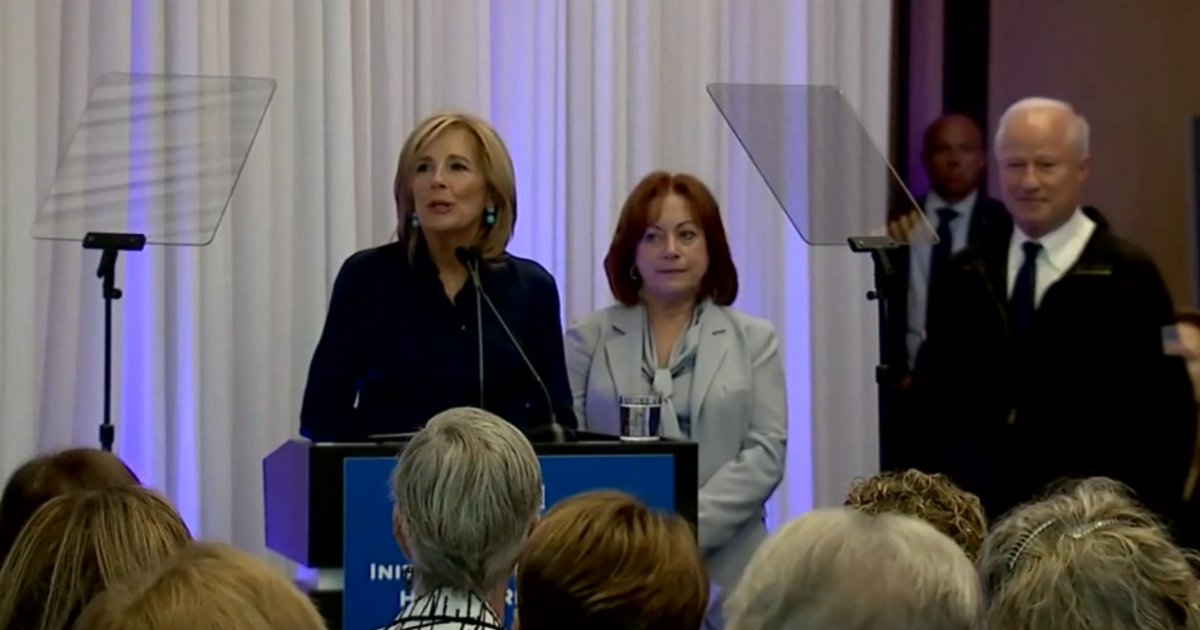What Does A Ruptured Achilles To Do?
(CBS4) -As the Broncos play the rest of the season scratching for a playoff spot, Emmanuel Sanders will be thinking about next season, and the rest of his career. As you've probably heard, Sanders tore his Achilles last Wednesday and has already had surgery done to put the tendon together.
It's a tough and time consuming injury to come back from, even for the non-athlete. Here are some information on the Achilles.
It's the largest tendon in the body, and runs from your calf muscles down to the heel of your foot. The main job of the Achilles is to help you push off your foot as you walk or run. It's generally thick and rope-like.
Ruptures of the tendon are 5x more common in men than women, and the peak age for rupture is between 30-40.
Why does it tear? In athletes, it's usually a sharp, sudden push off or cut that places stress on the tendon (Sanders).
If there is any inflammation, or tendonitis of the Achilles, it is more prone to tear (it's been reported that Sanders had some issues with heel soreness for a week or more before his injury).
Tight calf muscles can put extra stress on the tendon. So can being overweight.
Being on certain antibiotics, i.e. Cipro or Levaquin, may also increase your risk.
Some believe that heel spurs can rub against and weaken the tendon as well. So can a cortisone shot into the tendon area.
And sometimes, a simple step can cause the tendon to snap (I've seen this in patients several times -- they simply step, the tendon tears, and then they fall. It's not the fall that actually caused the tendon to rupture.)
In general, there are two ways to go about healing up a torn tendon.
The first is to wear a cast and use crutches for several months, rehab, and hope that the tendon heals back together. Depending on the tear, it usually does.
The other option is surgery, either an open surgery with one longer incision where you stitch the torn ends together; or a "percutaneous" surgery with multiple smaller incisions where the tendon gets sewn back together.
The biggest risk of surgery is infection and things such as blood clots, yet many doctors recommend a procedure be done in athletes since there is less of a risk of re-rupture.
Believe it or not, the rate of recovery is about the same whether you get casted or whether you have surgery... or at least most studies say.
Recovery generally takes about 4-6 months, although for athletes, it can take a full year to get back to a high level of intensity and performance. In a few, elite function just never gets back to 100 percent.
Rehab is of major importance, with therapy and very limited weight bearing starting about 2-4 weeks after surgery (although core and other conditioning can start in the days right after surgery).
The boot is generally weaned away about 6-8 weeks out, with more emphasis on walking, gentle stretching, and a gradual progression of activity over the next few months. Painless running on a level surface is usually allowed after the four month mark, and by six months, most regular people are good to go.
As you can see, it's long and tedious, but most folks do very well, even elite athletes.
So here's good luck to Emmanuel Sanders and to the rest of us nonprofessionals who are unlucky enough to have this tendon go "pop."
Dr. Dave Hnida is CBS4's Medical Editor. He blogs about the latest studies and trends in the health world. Read his latest blog entries, check out his bio or follow him on Twitter @drdavehnida




